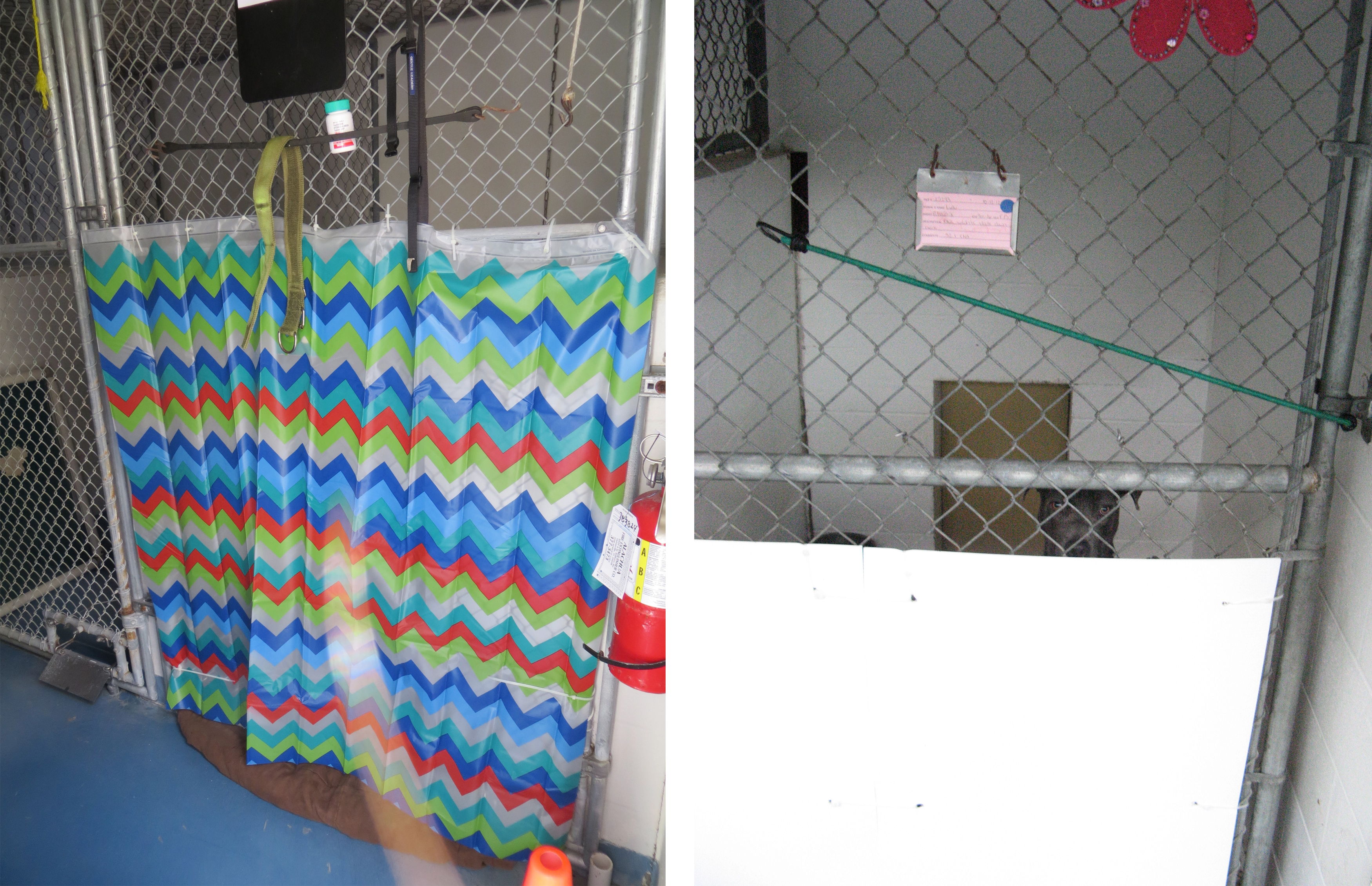Module 8: The Case of the Barking Dog
Getting on Track!
Fortunately, most animals entering most shelters have the potential to become good and safe pets! Initial history and behavioral findings should guide initial planning and care for each animal. Good behavioral wellness care should be in place to set animals up for success by shielding them as much as possible from stressful stimuli, helping them adjust to shelter life, and providing them with social contact and activities to help meet their emotional needs. Fortunately, many aspects of such care can be easily implemented. Step 1 is to create a healthy emotional environment. Providing animals with the best possible housing will also go a long way towards supporting their emotional health. Step 2 is to create regular routines of enriching activities and behavioral options for the animals throughout their stays.
Creating a Healthy Emotional Environment
With regards to the shelter environment, it is important that we think carefully and critically from the perspective of the animals—we need to think about what it is that they are perceiving and what we can do to make them as comfortable as possible when they come in to a shelter. Regardless of the physical structure of the facility there are a lot simple things we can do to promote a healthy emotional environment for animals and people alike.
The shelter environment and its animal housing facilities must satisfy the physical needs of animals, such as shelter and warmth. At the same time, they must also satisfy the emotional needs of animals as well, including the ability to engage in a variety of healthy activities and social interactions. Thus, both the physical and the emotional environments are crucial considerations. When shelters meet both the physical and emotional needs of animals, negative emotions such as fear and frustration are minimized. Because needs vary depending upon such factors as species, life stage, personality, and prior socialization and experience, shelters should maintain a variety of housing styles in order to meet the individual needs of different animals in the population. In all instances, a healthy emotional environment will also be required for success.
A healthy emotional environment provides regular and predictable schedules of care-giving by compassionate, well-trained staff members and actively reduces potential stressors and fear-inducing stimuli (“fear factors”) such as loud noises, other intense or overwhelming stimuli, haphazard schedules, and frequent interruptions. Animals quickly become accustomed to schedules of care (e.g., feeding, cleaning, enrichment activities), and rapidly learn to adapt to new and novel stimuli provided that fear responses are not overwhelming or sensitizing. For these reasons, from the moment an animal enters the shelter, steps should be taken to reduce stress and fear.
Indeed, a crucial part of creating a healthy emotional environment is reducing environmental fear factors as much as possible. This involves making the environment feel as calm and safe as possible by minimizing potentially stressful sights, sounds and smells by closing doors, limiting foot traffic and cleaning well between animals. Speaking softly, in calming tones, and playing calming music at a low volume can make a world of difference. Providing visual barriers can help shield animals from the sites of a new environment and is crucial if they are feeling anxious, fearful or otherwise overwhelmed. Something as simple as draping a blanket, towel, or even a piece of newspaper over a carrier or cage door will provide privacy for the occupant.




